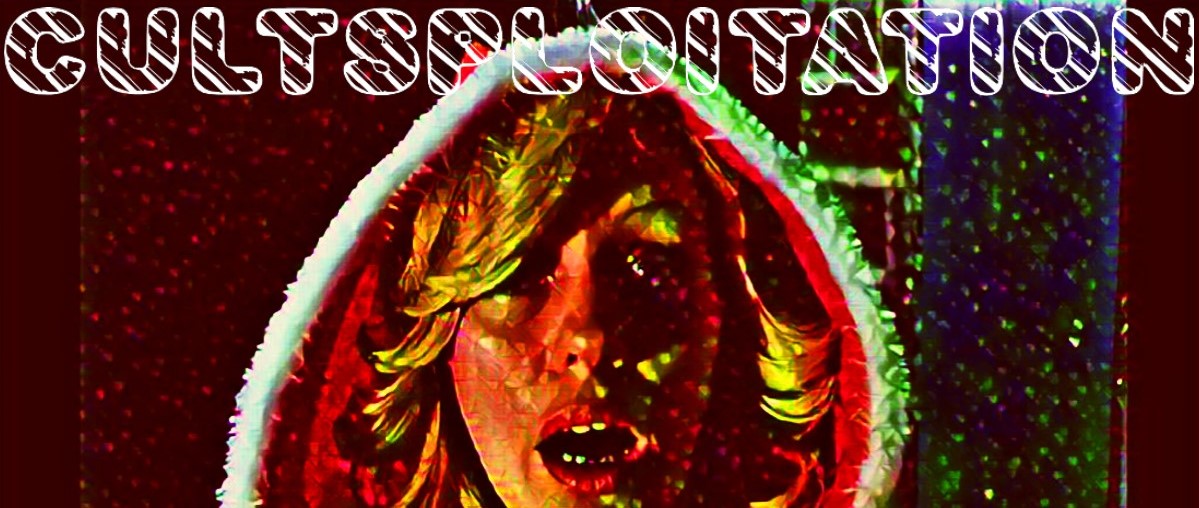Ray Fawkes’ Underwinter #2 picks up three weeks after its first chapter, after each of the series’ characters have had a chance to get accustomed to their newfound fame and fortune playing music for a group of eccentric individuals in a sort of supernatural ritual. The first issue was dripping with atmosphere along with Fawkes’ penchant for esoteric ideas and abstract watercolor artwork, and Underwinter #2 continues that trend; however, this second part also feels a bit less interesting than the comic’s debut because of Fawkes’ piecemeal observations of individual characters.
The issue is split into various chunks, following a few different characters after their experience playing for the mysterious congregation. First, we see Meister Maranatha musing about the group’s violinist, who shrugged off his blindfold at the first session and gazed upon a monstrous being orchestrating the whole procession. He brings up his youthful days when he would place a lime on the soil of an apple tree, imagining that it caused the resulting fruit to take on a hybrid taste.
That idea of hybridization, of interior rot because of outside influences, wends its way through the issue, with Fawkes’ watercolor images often repeating that symbol of an apple tree’s trunk littered with limes. It’s a great metaphor for this type of story, wherein artists are committing sin for their art and becoming corrupted in the process.
However, Underwinter #2 lacks the mood and atmosphere of its first issue. Following each of the musicians, Fawkes allows a few more moments of characterization to seep in: Kendall’s love of sex and money, Stephanie’s struggles and feelings that she might finally make it, Corben’s bad dreams, and Eleanor’s masquerade-style sexuality. But these vignettes don’t tell the audience much about the characters, who are just as mysterious as the rich group of people requesting serenades. When Stephanie sheds a tear on the phone, for example, it’s difficult to tell what kind of emotion this is supposed to represent, especially in the context of her phone conversation talking about the different chemical composition of tears: is this happiness, or sadness?
This is where Fawkes gets into trouble with his abstract storytelling and artwork. At times it’s simply not clear what he’s hoping the reader to draw from the issue, and this short excursion into Underwinter‘s plot adds little to the overall story so far. Perhaps the bad dreams and the tears are meant to suggest the characters’ changes after performing for the stork-like figure. But ultimately this issue does very little to flesh out details or move Fawkes’ initial idea forward. Even the artwork, which is often beautiful in its splotchy roughness, is sometimes difficult to discern; too often the watercolors bleed together, leaving a messy panel that’s tough to parse.
While there’s definitely still a promising idea within Underwinter, issue #2’s execution leaves the reader wanting. Worse, though, is that Fawkes’ intentions are hard to figure out, and it feels like what could be straightforward plot is delivered in an intentionally misleading fashion in much the same way Intersect battled its own esotericism. Hopefully the next issue gets out of these growing pains and ventures back into the solid horror territory that the first issue cultivated so well.

